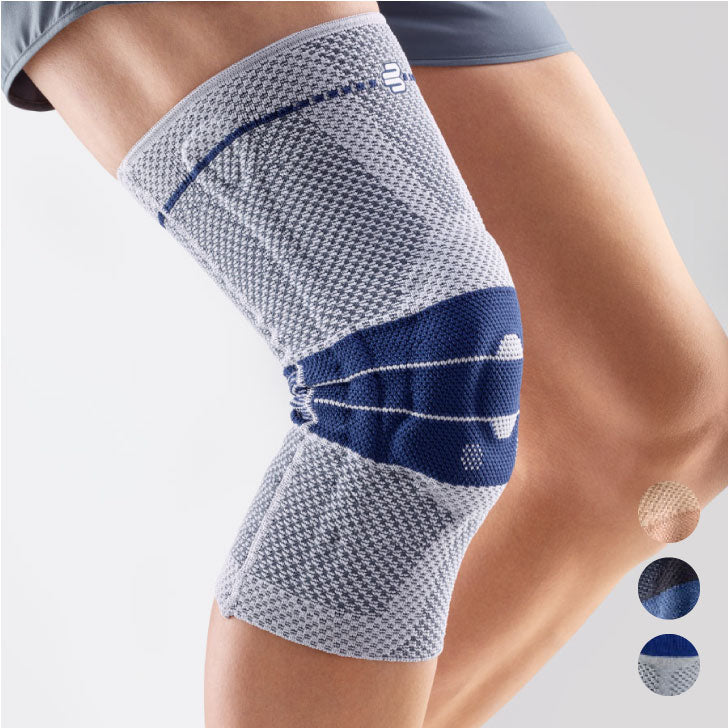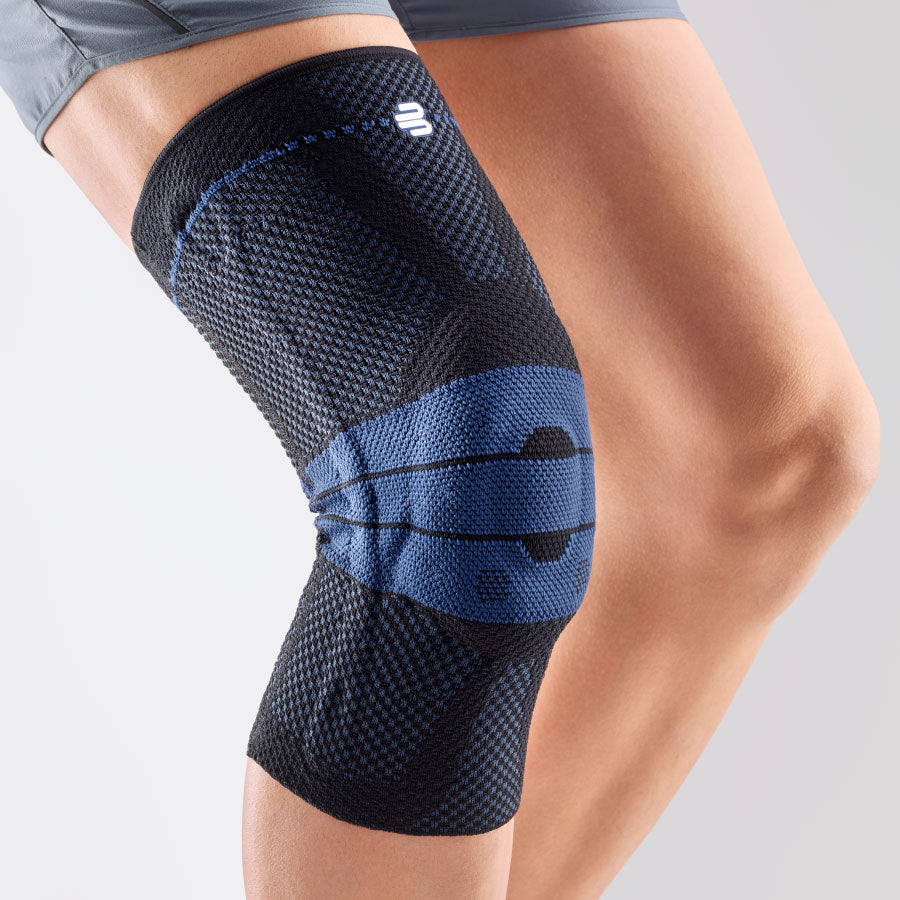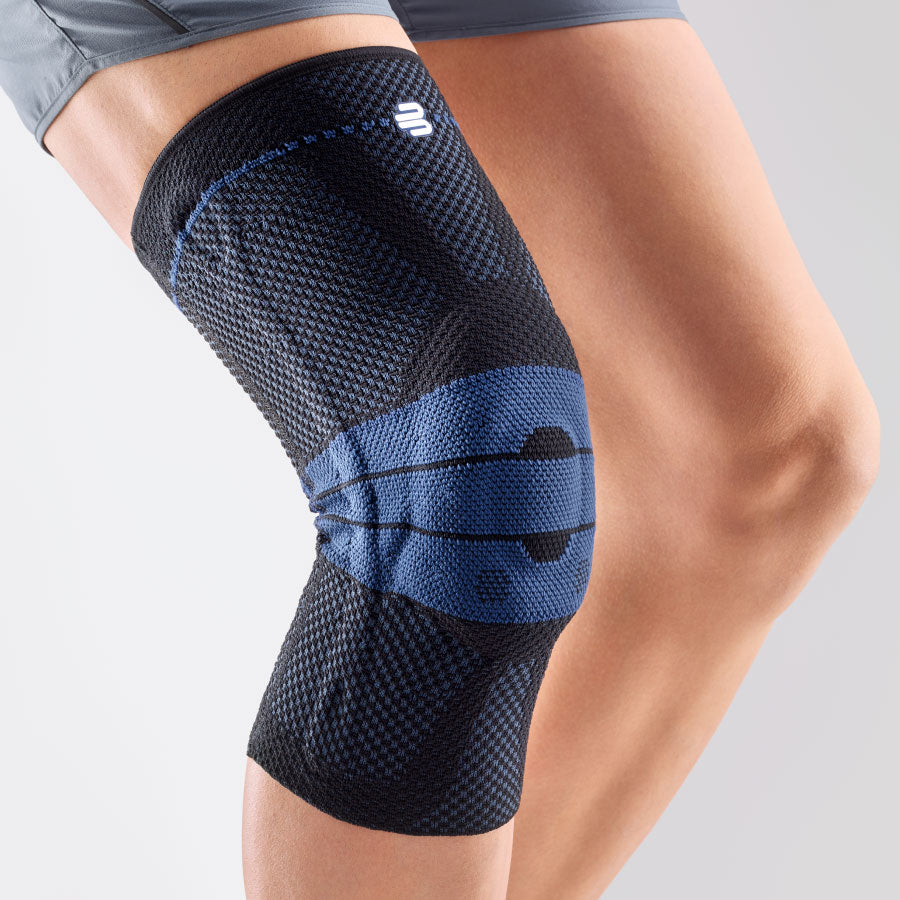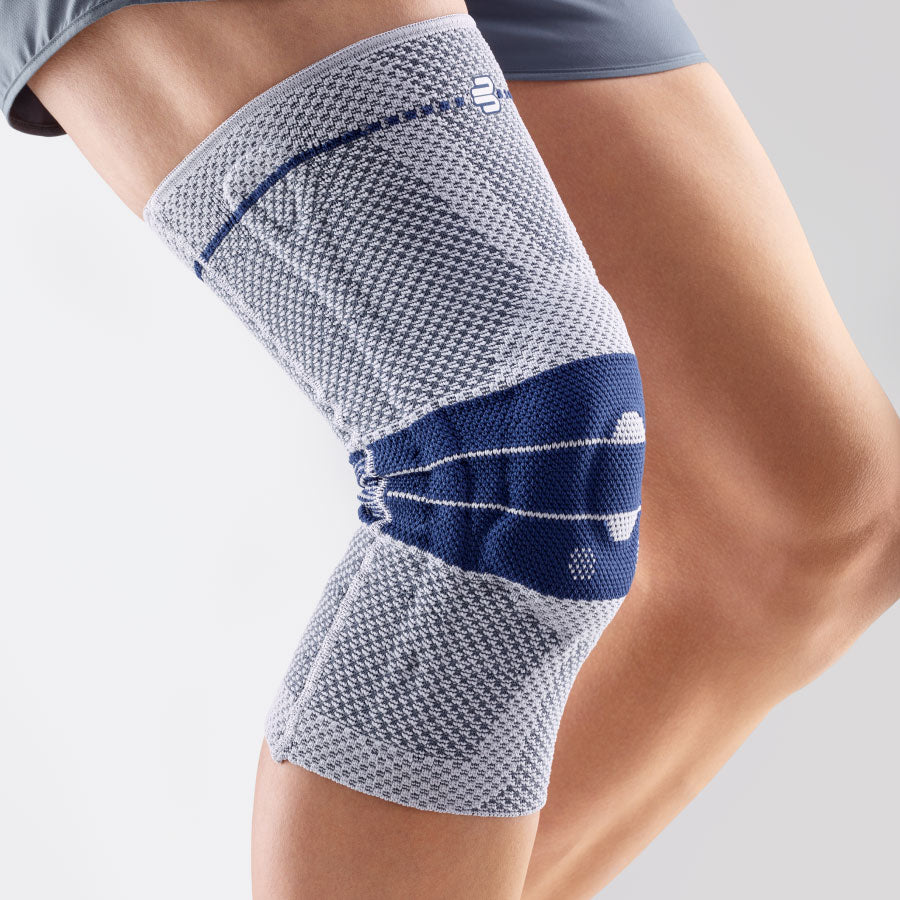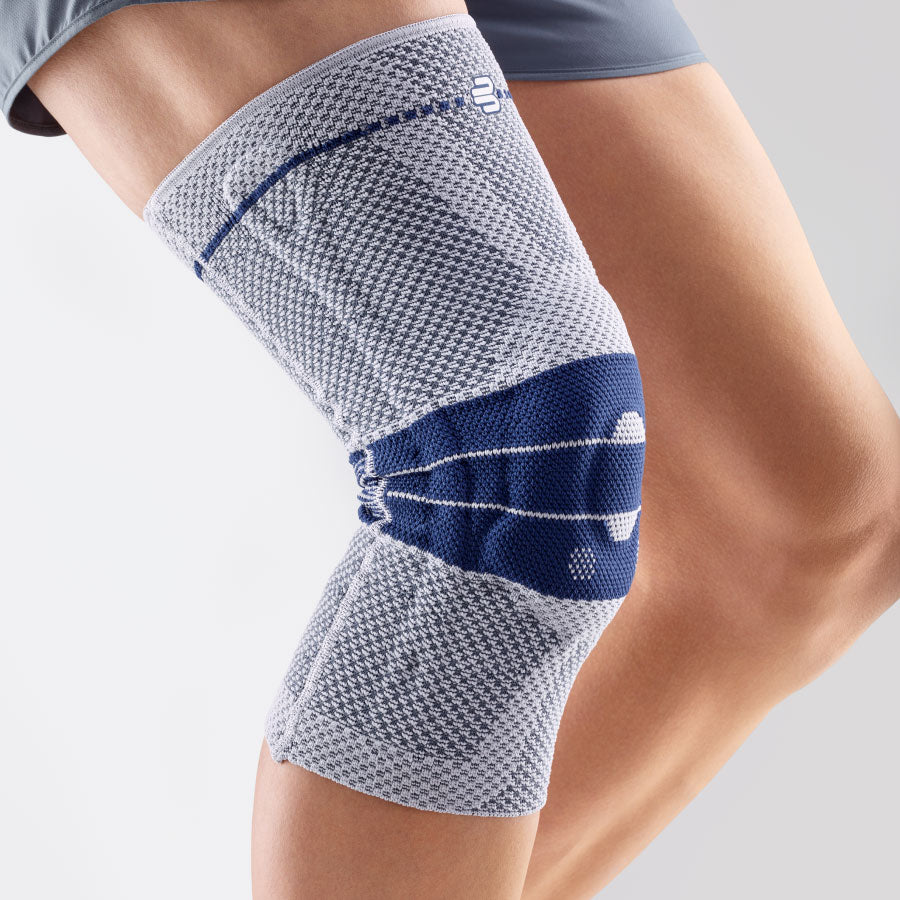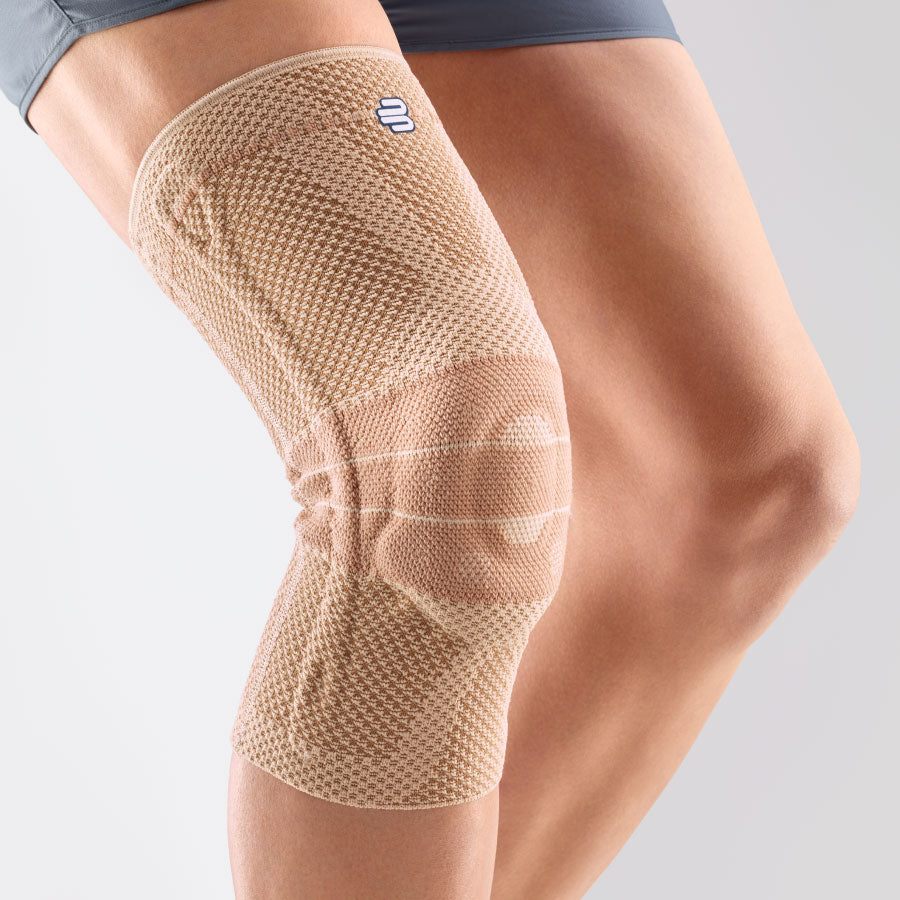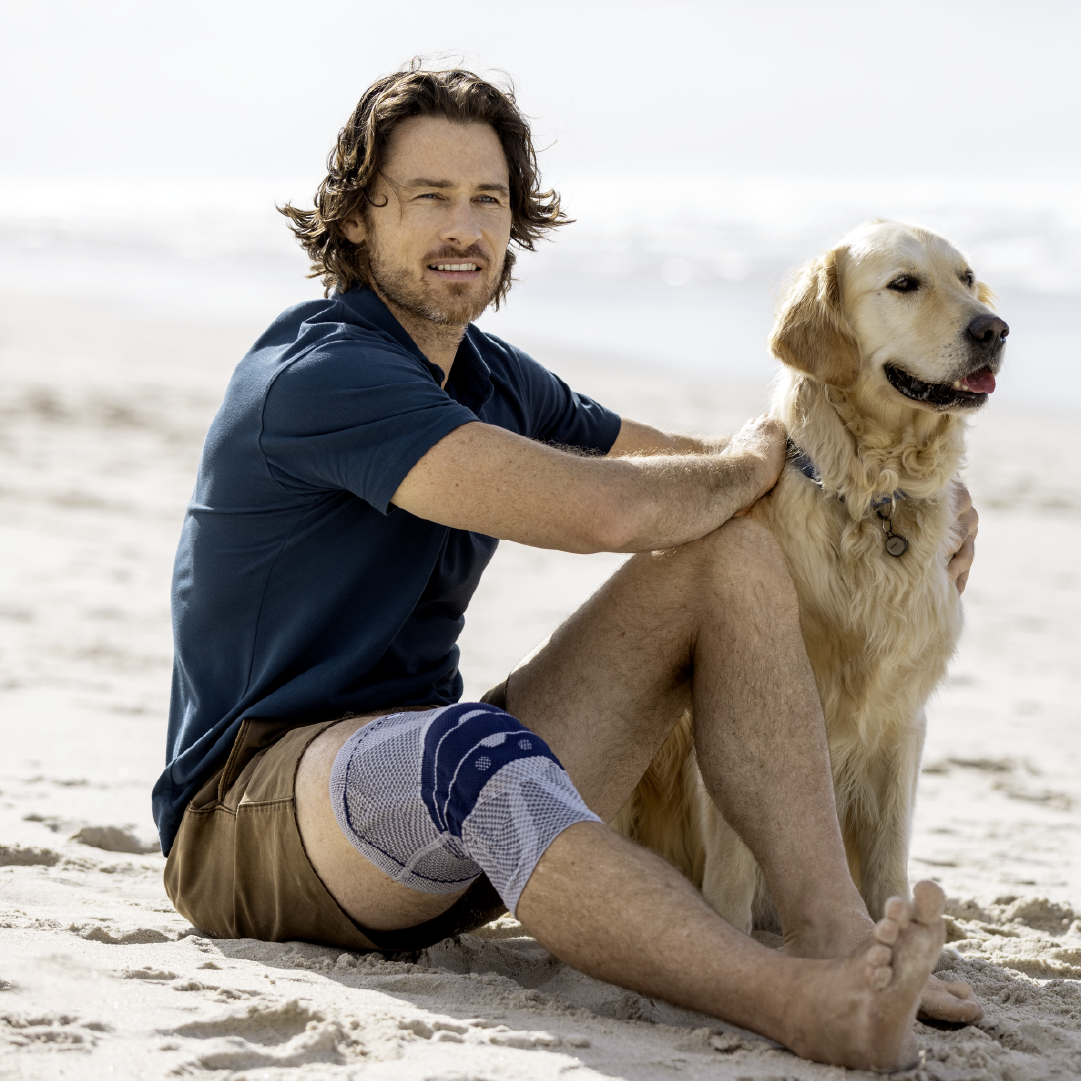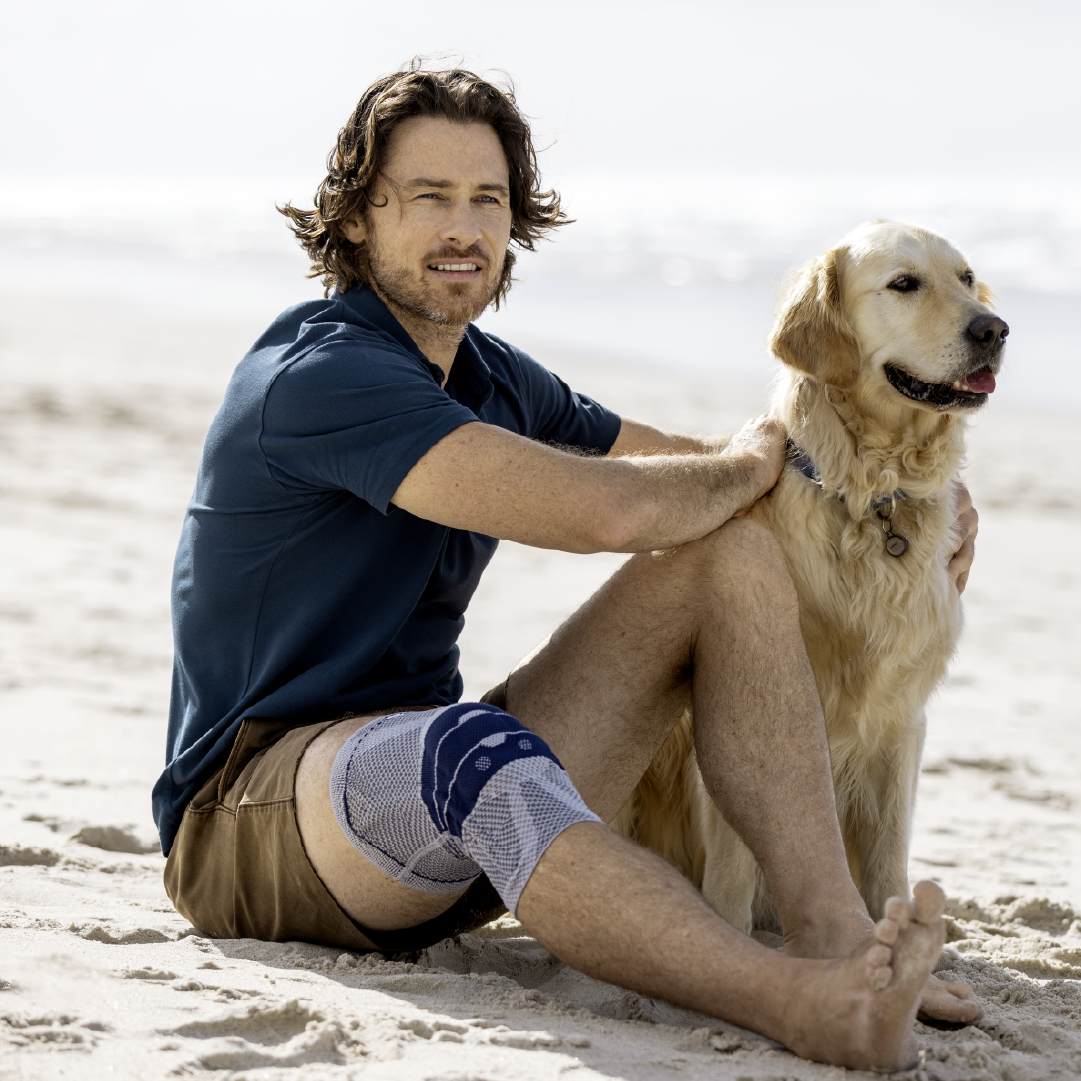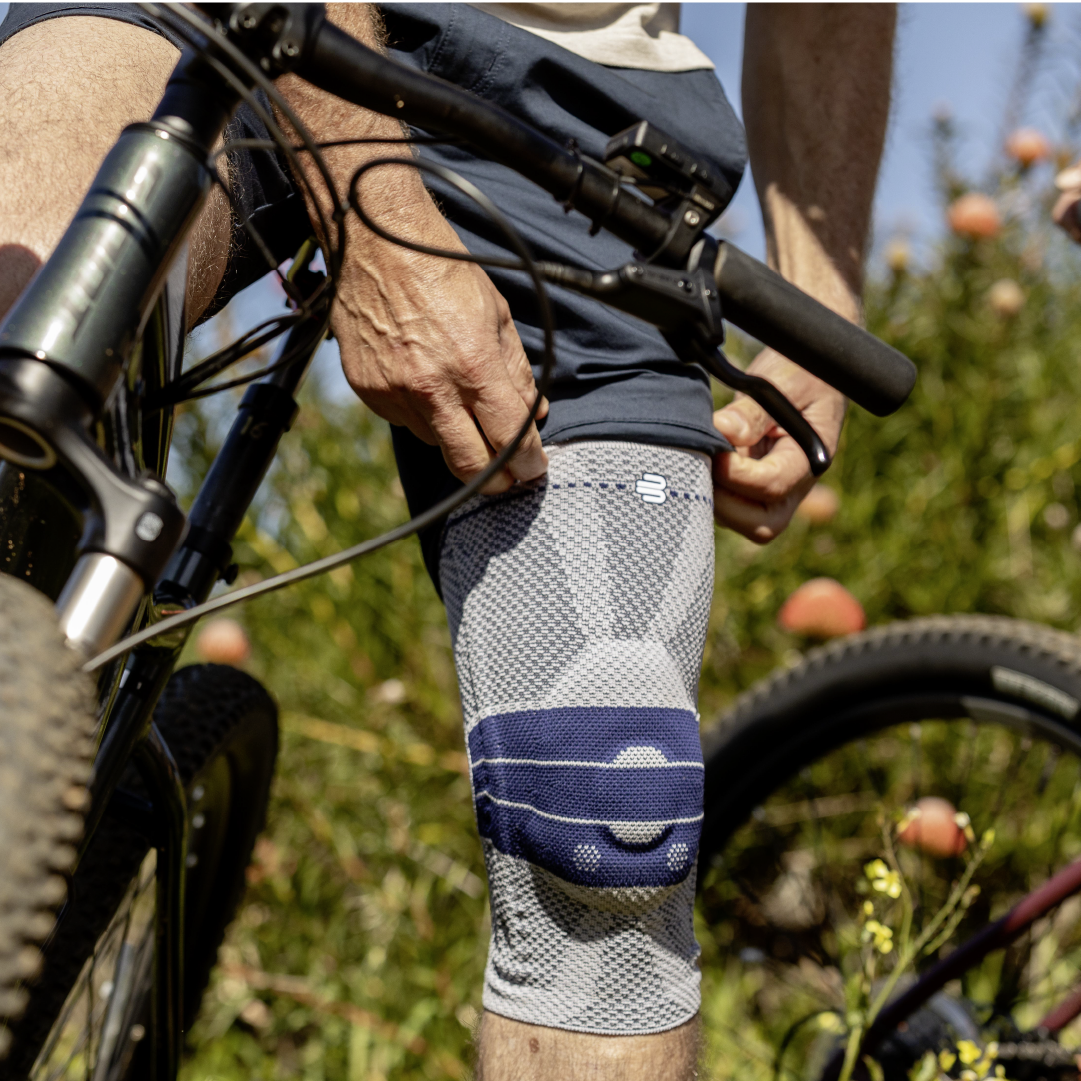The amount of physical stress our knees can endure over the course of a lifetime is something of a miracle. Unfortunately, as our bodies age, knee pain can become a daily problem. In this article, you will learn how to avoid knee pain and what to do if you already have it.
The knee joint is the most complex joint in our body. Logically, as it is an essential link between our upper thigh and lower leg, it has to work constantly, stretching, bending and helping to support weight for decades. Often, stretching and bending are also accompanied by hereditary problems, and depending on lifestyle, frequency of exercise and type of sport, the knees endure continuous overload.
What to do to avoid knee pain?
- Workouts every day
- Engaging in road-friendly sports such as: swimming, cycling, walking
- If you need to carry heavy objects on a daily basis, do it properly, for example by using a backpack.
- Loosen your knee joints when possible – stretch your legs, especially after sitting for a long time.
- Avoid standing or sitting in one position for long periods of time.
- Choose orthopedically correct shoes, or at least shoes with a soft sole.
- Avoid bending your knees during exercise; there will be less strain on your knee if you keep your leg straight.
- Choose shoes without heels
- Watch your weight, excess weight significantly increases the load on your knees
- Trains leg muscles
Most people only think about knee health and anatomy when they first feel pain. The knee joint is where the thigh and shin bones meet. In between these bones is the meniscus, which is made up of cartilage discs – they fill the space in the joint. In front of these discs is the kneecap, which helps the thigh muscles support the shin muscles. When standing, the cruciate ligaments guide the knee joint and stabilize it. The cruciate ligaments act as a safety belt during movement and can tear during overload.
Physically strenuous work and some sports are like poison for your knees
The tendons, ligaments, and meniscus that provide support in the knee joint are very sensitive and fragile, especially when they are overloaded on a daily basis. In some professions, this is impossible to avoid, for example, construction and gardening. These professions often require bending over, staying in a bent-knee position for long periods of time, not to mention the craziest part, lifting heavy objects.
Often people have congenital knee problems - X-shaped legs, abnormally shaped patella, kneecap dislocation. Obesity is also a great risk for the knees, not only the greater weight they have to bear, obesity also makes it difficult to exercise daily. Daily exercise is very important for knee health, because it is the only way to strengthen the muscles, thus protecting the tendons, ligaments and meniscus.
But you have to be careful with sports and training, they also have a negative side. Cycling, walking and swimming, within the normal range, are certainly healthy, but, for example, running, handball, basketball and the popular squash are among those sports that are accompanied by a high risk of joint and ligament injuries. In these sports, there is also a very high risk of tearing or at least spraining tendons. Few people realize that only in very rare cases can tendon injuries be completely cured.
Never squat too low
Squats are a very popular exercise, it is important to do them correctly. Performing squats incorrectly can contribute to the wear and tear of joint cartilage. When doing squats, the upper thigh should not be at an angle of less than 45 degrees to the lower leg.
The first signs of knee problems are often a “crackling” in the knee and a pulling pain during movement. These can be the first symptoms of cartilage and meniscus problems. Research data shows that 8.5 million Germans have experienced these symptoms.
My knee hurts, what to do?
If any of these points apply to you, see a doctor:
- You experience knee pain for more than two days
- You feel pain in your knee even at rest
- You feel unsteady when walking or have limited knee movement.
There are two very similar solutions available to relieve knee pain: kinesiology taping or knee support . Both of these solutions will release the ligaments and reduce pain. The knee support/orthosis will also provide stabilization of the neuromuscular system. Kinesiology taping is increasingly used in professional sports, as it will help to quickly relieve pain in acute situations. It should be noted that the tape should be changed every 3-4 days and it is essential that the taping is performed by a specialist. Supports/orthosis, on the other hand, will be available to you in the long term and it is almost impossible to put them on incorrectly.
If you are in an increased risk group due to your profession, sport, or hereditary problems, wearing a support brace on a daily basis is recommended as soon as you feel the slightest pain or feeling of instability.

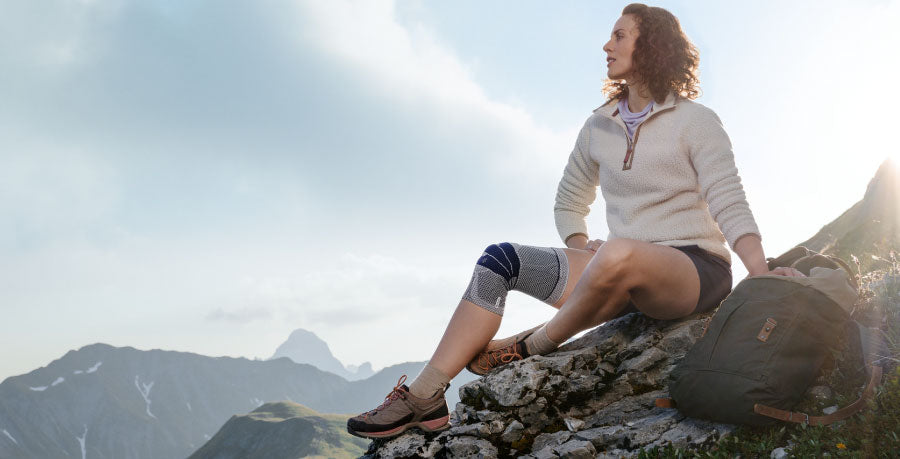
 The knee joint is the most complex joint in our body. Logically, as it is an essential link between our upper thigh and lower leg, it has to work constantly, stretching, bending and helping to support weight for decades. Often, stretching and bending are also accompanied by hereditary problems, and depending on lifestyle, frequency of exercise and type of sport, the knees endure continuous overload.
The knee joint is the most complex joint in our body. Logically, as it is an essential link between our upper thigh and lower leg, it has to work constantly, stretching, bending and helping to support weight for decades. Often, stretching and bending are also accompanied by hereditary problems, and depending on lifestyle, frequency of exercise and type of sport, the knees endure continuous overload.


